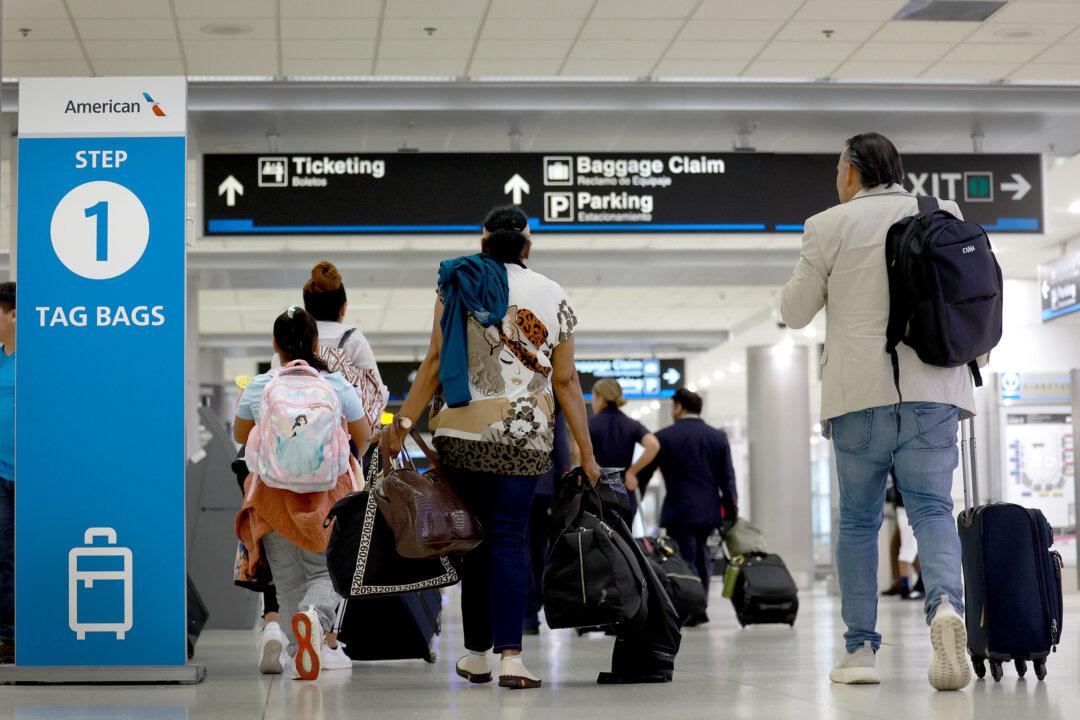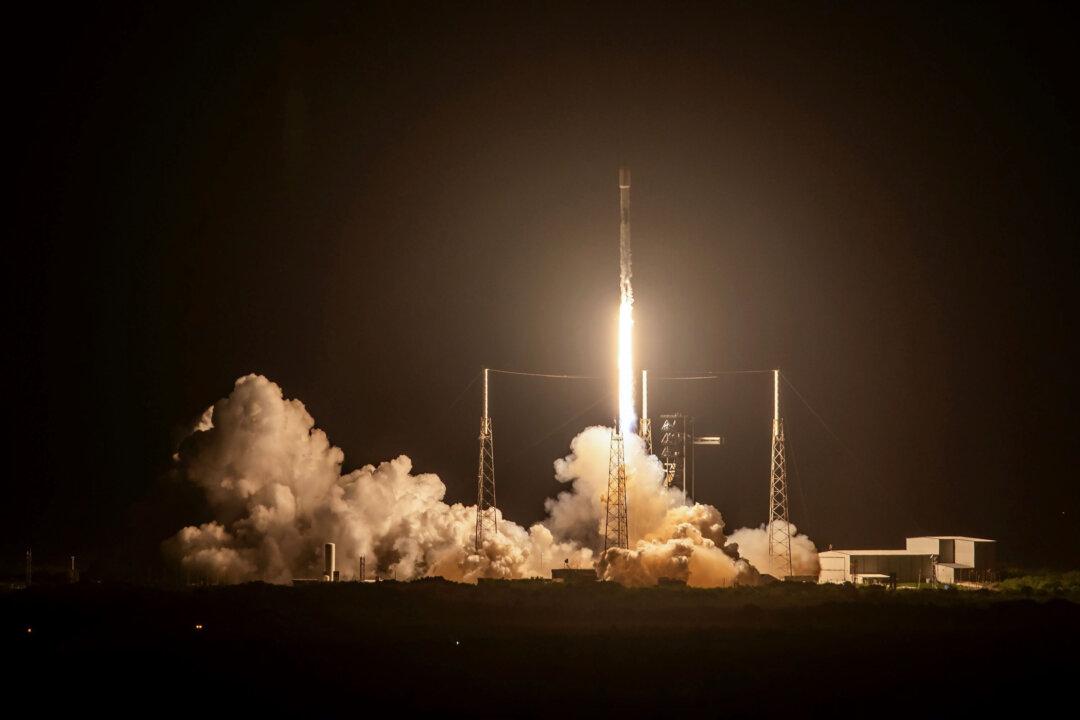Friday set a new record for the most airline passengers screened by U.S. Transportation Security Administration (TSA) officials in a single day, according to the agency.
“On Friday, May 24, 2,951,163 individuals were screened at checkpoints nationwide, surpassing the previous record on Nov. 26, 2023. We recommend arriving early,” the TSA said in a May 25 post on the social media platform X.





